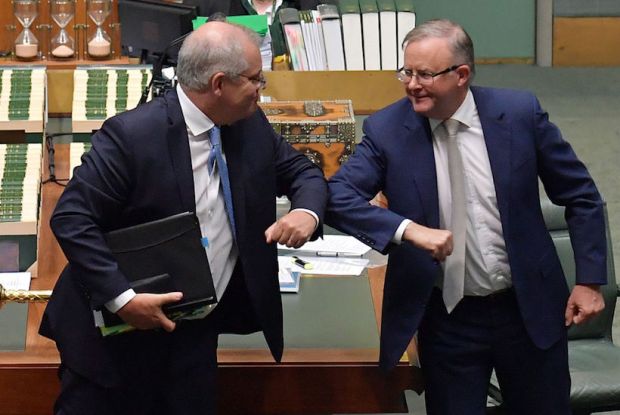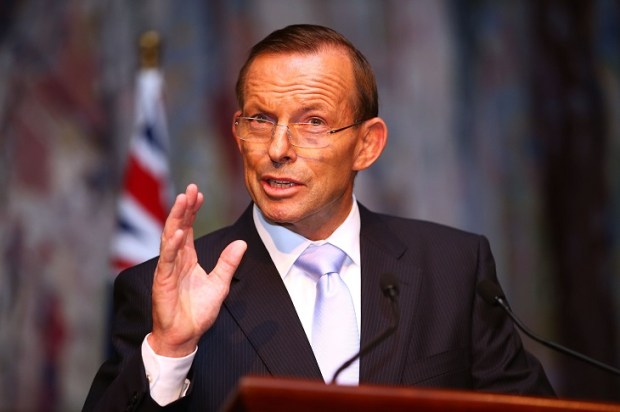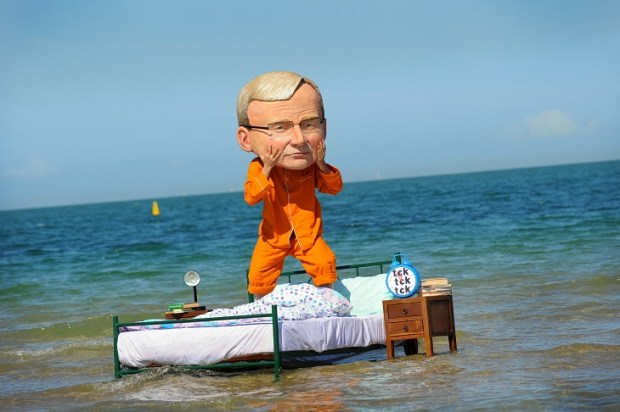Sometimes politicians say things that are true. When they do, people often note that they are ‘saying the quiet part out loud’. The truth that they know in their mind evades their verbal filter and enters the world.
We saw an example of this in early February when the Federal Minister for Resources, Western Australia’s Madeleine King, was on ABC TV.
Minister King admitted that ‘there’s a risk that if you make gas too cheap you divert investment from renewables, and we really want investment in renewables in this country’.
So, generating investment in renewables requires making gas more expensive. The Albanese government has certainly achieved this, including through their ham-fisted interventions in the east coast gas market in 2022-23.
The policy of the Albanese Labor government seems to be to make gas more expensive. And they have done just that. Ironically, this, along with a continued demonisation of coal, is what has prevented the Albanese government from fulfilling its promise of cutting household power bills by $275.
Minister King admitted what rational observers know, but which politicians have made their best efforts to hide through slogans: wind and solar energy systems produce expensive power.
We are constantly told that renewable energy is the cheapest form of energy there is. But that doesn’t make it true.
It may be the case that renewable energy fuel costs can be cheaper, but this is only at certain times in the day (how much does an hour of sunshine cost at 1am?).
But there’s an obvious flaw with this, which is that it is hardly ever ‘cheaper’ to replace something you have with something you don’t have.
It’s like telling someone that it’s cheaper for them to spend $80,000 to buy a brand new Landcruiser than it is to keep using the second-hand one you bought for $10,000 ten years ago. It may well be more fuel efficient, but how long will it take to save $80,000 worth of diesel? And do you even have $80,000?
Power prices were always going to go up when we started replacing the system that we had with one that we didn’t. Chris Bowen can tell us as much as he likes that renewables are the cheapest form of power there is, but the reality is that as more renewables have entered our power systems, prices have gone up.
Everyone who has received and paid an energy bill in recent years knows this.
But the official data makes this clear too. In the year 2000, before we started mandating the entry of wind and solar, wholesale power prices in New South Wales through the National Electricity Market were around $35/MWh. In 2024 they were about $130/MWh.
In Western Australia, according to an Economic Regulation Authority report from 2007, daytime power prices back then were some $32/MWh. In 2024, Western Australian power prices had risen to some $80/MWh.
Higher energy prices have not only been a problem under the current federal Labor government. They have been a trend in Australia over the past 25 years. They started at the same time that politicians started forcing renewable energy technologies into the power system.
Unfortunately for Australians, the federal Labor government’s plan for higher gas prices is bad news. It means that it will become more expensive to manufacture things in Australia. It means that it will become more expensive to heat and cool our homes. And it means that it will become more expensive to keep the lights on and the equipment running at our schools and hospitals.
The engineer and energy economist Stephen Wilson wrote a report for the Institute of Public Affairs last year where he summarised the future that Australia faces. He wrote that ‘the total system cost of a renewables-based system (>80 per cent) may be two or three times as expensive as one premised on baseload (whether current or with new build nuclear)’.
Federal Labor’s official policy is for 82 per cent renewables penetration by 2030. Achieving this, in Minister King’s own words, means making the gas that Australians rely on much more expensive.
Cian Hussey is an Adjunct Fellow at the Institute of Public Affairs.

























